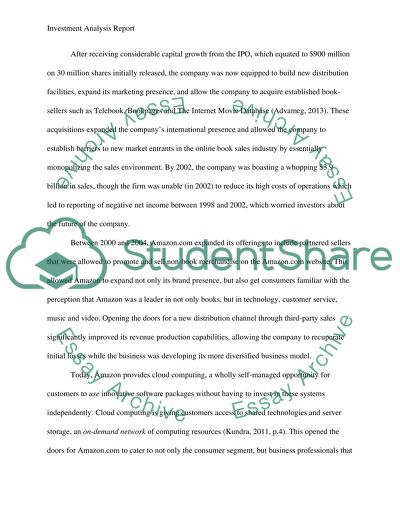Cite this document
(“Investment Analysis Report: Amazon versus eBay Research Paper”, n.d.)
Retrieved from https://studentshare.org/finance-accounting/1479033-you-are-an-investment-analyst
Retrieved from https://studentshare.org/finance-accounting/1479033-you-are-an-investment-analyst
(Investment Analysis Report: Amazon Versus EBay Research Paper)
https://studentshare.org/finance-accounting/1479033-you-are-an-investment-analyst.
https://studentshare.org/finance-accounting/1479033-you-are-an-investment-analyst.
“Investment Analysis Report: Amazon Versus EBay Research Paper”, n.d. https://studentshare.org/finance-accounting/1479033-you-are-an-investment-analyst.


